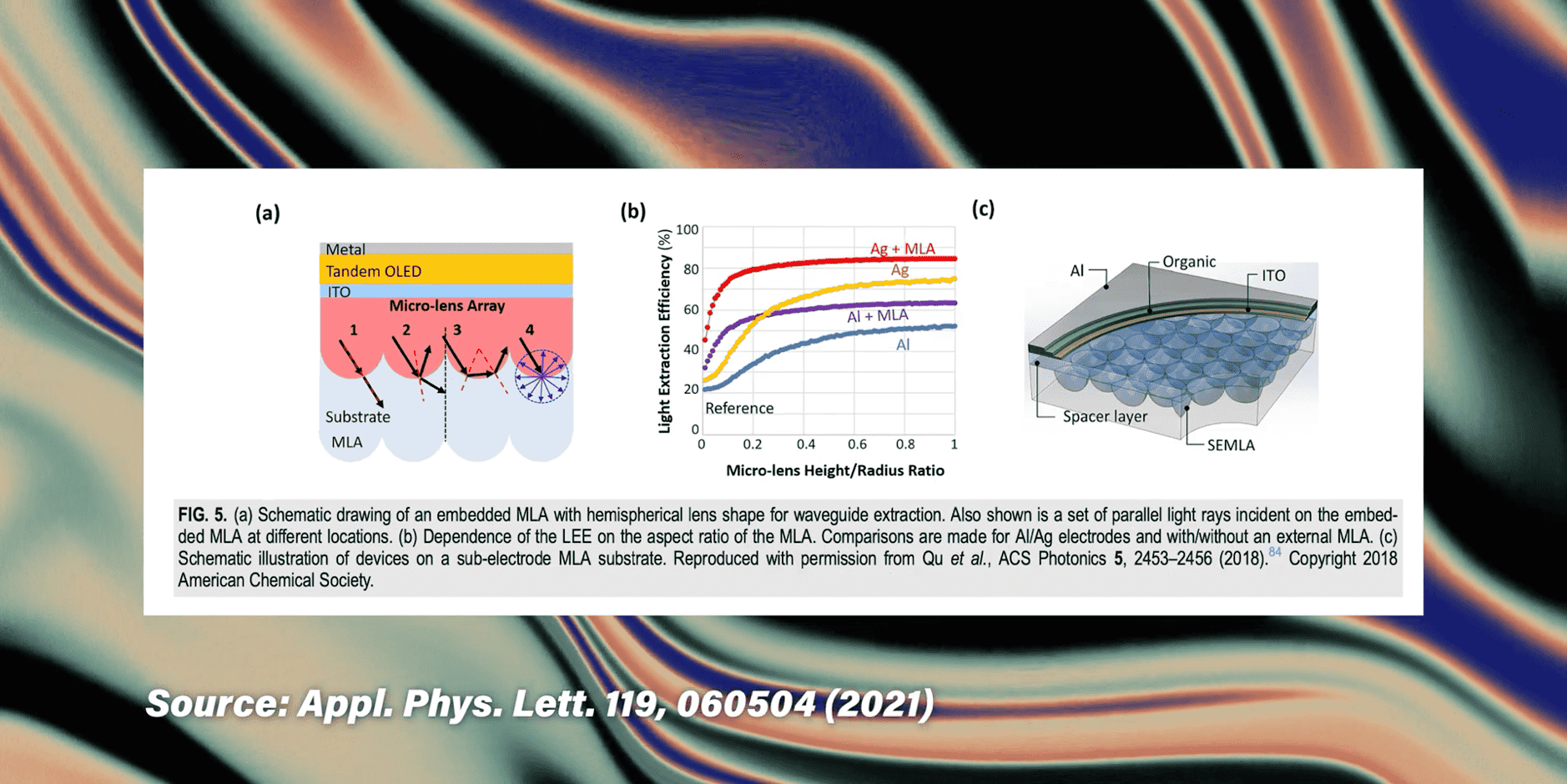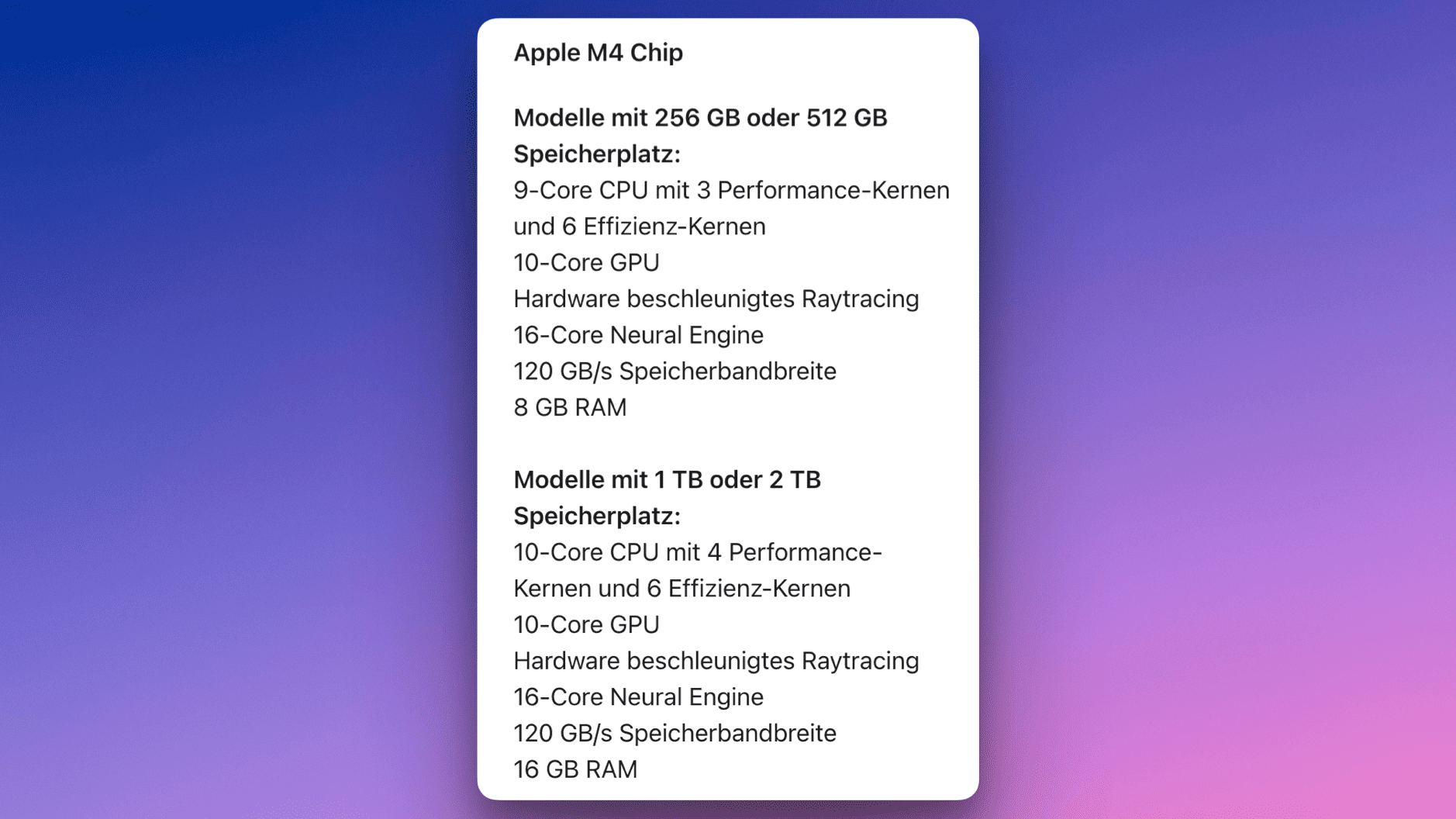Quinn Nelson mit drei Beobachtungen über Tandem OLED, den M4 und deren CPU-Kerne
Die ersten „Hands-on“-Berichte, direkt im Anschluss eines Events, wiederholen oft nur Apples eigene Informationen. Quinn Nelsons technische Besprechung von Tandem OLED, dem M4 und deren CPU-Kerne ist jedoch sehenswert.

Tandem OLED is not just some term Apple made up. This is an industry definition […] It’s not yet publicly known what method Apple is using to improve light extraction efficiency on their tandem OLED screens. […]
Basically what I’m saying is that this is eventually going to come to the rest of Apple’s Pro lineup over the next many, many years, and it’s a big deal.
Über das „ein Monster von einem Chip“:
And while not 100% confirmed, it’s basically certain that this M4 is one of TSMC’s first N3E chips, which promises higher yields, better computational performance, improved power efficiency, but most importantly, lower production costs than the M3 chip on the old M3B process.
So don’t color yourself surprised when M4 doesn’t blow the barely six-month-old M3 chip out of the water. […] M4 is a necessary strategic leap. It’s not a computational leap.

What is new, however, is that the lower capacity models, those come with what is certainly a binned chip, with one of the four performance cores on the M4 disabled. […] This is in addition to the memory, which may mean huge real-world performance gaps between the 512 gig and 1 terabyte models under certain workloads.
This is also likely the reason that Apple’s charging a massive $500 to upgrade between those two middle tiers, because this isn’t just 512 gigs of flash, it’s also double the memory and a full hog, non-defective M4, which are likely in low supply.
Interessante Randnotiz: iPads laden „pass‑through“ durch das neue Magic Keyboard jetzt mit bis zu 60W.